Alcaraz goes back to back
Alcaraz beats Nadal and Djokovic within 24 hours: match analysis, AD serving placement, droppers, and offence
Alcaraz becomes the first player to beat Nadal and Djokovic at the same clay tournament. And in stunning fashion. The last 48 hours have launched a million opinions about what this means, initiating both an under and over-hype feedback loop. While it’s true that these versions of Nadal and Djokovic weren’t exactly vintage, it doesn’t really matter. Those two legends have dovetailed so effectively even into their mid-30’s that when one loses the other invariably picks up the slack, the latter of the two usually feasting on an opponent drained from the task of beating one of them. In this case though, Alcaraz backed up the biggest win of his career with another, immediately. Lesser players would have fallen at one of the hurdles regardless of Nadal and Djokovic’s form. It’s unbelievably impressive no matter which way you spin it.
So how did he do it?
Offence
First of all, one of the most interesting things about Alcaraz’s emergence on tour has been his offensive potential and execution, coupled with his quite small stature in relation to the ‘fast giant’ playstyles (Medvedev, Zverev, Hurkacz, Tsitsipas et al) that the previous generation display (although he does generally help my theory that return performance may be a bigger edge right now than serve performance).
Across his last two matches Alcaraz hit 88(!) winners (only 8 were aces) to Nadal and Djokovic’s combined 34. That is an absurd display of power against the two players have have historically been two of the greatest movers ever, and who have routinely exploited offence-leaning opponents.
Droppers and volleys
As I’ve written about a bunch already, Alcaraz posted some more excellent drop shot numbers, winning 15/20 drop shot points overall, and winning 8/11 of them on his forehand side (and 5/9 on backhand).
Alcaraz also won 24/26 net points, including 12/13 serve-and-volley points.
It’s safe to say that Alcaraz had absolutely no shortage of ways to win points against either Nadal or Djokovic.
AD AD AD
But the most interesting bit of performance in the Alcaraz win over Djokovic came on Alcaraz’s serve.
Djokovic talked about this in press after the match:
A week or so ago I answered one of the questions in the monthly Q&A, about left-handed advantages, with this:
The advantage of being a lefty in tennis is often overstated at the pro and elite levels. But there is an interesting advantage when it comes to a particular bit of performance: AD side serving. Right handed players statistically perform better serving to the Deuce side and lefty players statistically perform better serving to the AD side. Anyone who’s watched lefties hit their slider serves out wide on the AD side will have a decent understanding of why. But that AD side also happens to be where many pressure (influential) points happen, including break points at 30-40 and Deuce-AD. Lefties have about a 2% performance edge on average over righties on those, often crucial or influential, break points on that AD side.
But Alcaraz (a right hander), almost entirely thanks to his excellent kick serve, enjoyed a more important serving edge on the AD than the Deuce side against Djokovic.
Alcaraz Serve Placement vs Djokovic:
Most of Alcaraz’s serves went to that wide spot on the AD side:
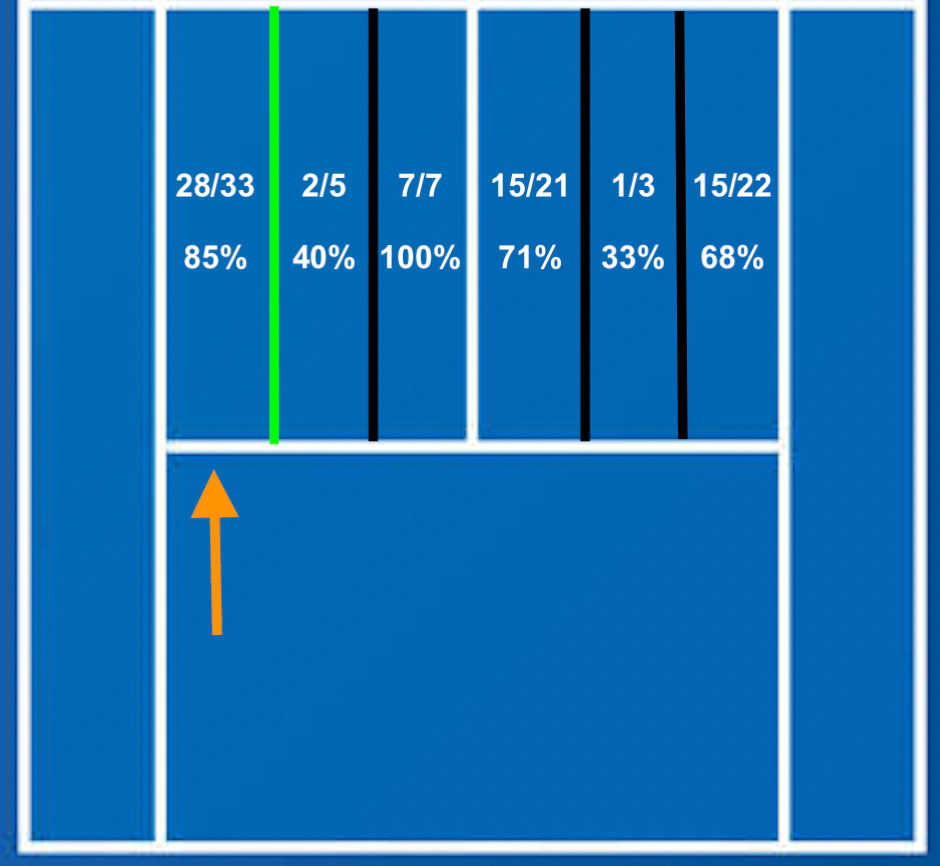
Alcaraz won a slightly ridiculous 85% of those wide AD serves on 1st serve and a still impressive 57% of them on 2nd serves. As I mentioned above, one of the good things about being a lefty is that increased AD side serving performance, because it often has an effect on important or influential points — 15-30, 30-40, and all Deuce-AD’s. And guess what kept Alcaraz in the match time after time when under pressure?
Break points faced:
30-40 1*-0 1st set: 2nd serve, AD kick wide serve — unreturned WON
30-40, 3*-2 1st set: 2nd serve AD kick wide — inside in forehand +1 WON
30-40, 4*-3 1st set: 2nd serve AD kick wide — rally with backhand UE LOST
30-40, 4-4 2nd set: 1st serve AD kick wide — unreturned WON
Deuce-AD, 5-5, 2nd set: 2nd serve AD kick wide — rally w/ drop shot WON
Deuce-AD, 3-3, 3rd set: 1st serve AD kick wide — unreturned WON
That’s 3 unreturned wide kick serves to the AD side, two serve+1 winners on the back of kick wide serves to the AD side, and one backhand unforced error. Or 5/6 free, cheap points under pressure. That wide kick serve featured on every single break point, and saved Alcaraz’s bacon 5/6 times. (Also only 2/6 1st serves landed down break points, but that’s one of the nice things about having a good kick serve, that it can still be quite an aggressive serve while remaining safe with its high net clearance.)
The reason that wide serve was so effective came down to two things.
First of all, as Djokovic mentioned, the high bounce in Madrid coupled with Alcaraz’s spin, produced difficult contact points high into Novak’s backhand:


The other problem for Djokovic, and one of the reasons he missed long quite a bit on that AD side backhand return off the Alcaraz kick serve, is that if he doesn’t get good penetration on that return, Alcaraz’s serve +1 forehand will have an easy put away inside-in:

This fine balance is something that Djokovic simply couldn’t manage yesterday. And it was a significant reason why Alcaraz got the win: finding repeatable, winning service patterns on that AD side on influential points:
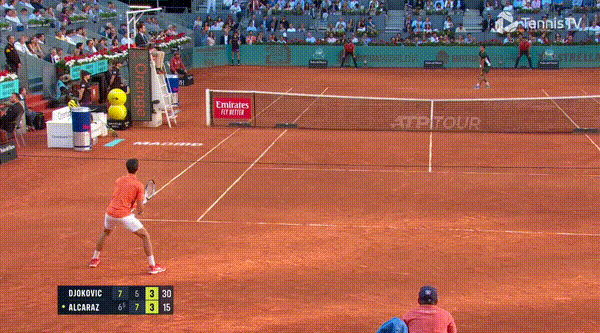
On the Deuce side, Djokovic was far more comfortable dealing with Alcaraz’s slice serves out wide partly because they came through at an easier height for him to deal with:
And this dynamic played out again in the crucial, decisive 3rd set tiebreaker that secured Alcaraz the win.
Final set tiebreak, Alcaraz service points (AD points are in bold):
Wins Deuce serve at 0-0
Wins AD serve at 2*-1 — kick wide serve into 1-2 punch winner
Loses deuce point at 3*-1
Wins AD point at 4*-3 — kick wide serve unreturned
Loses Deuce point at 5*-3
Wins AD point (match point) at 6*-5 — Kick wide serve forehand inside-in +1 winner
Alcaraz won all three AD service points with kick serves out wide in the tiebreak. He lost 2/3 Deuce service points:
An absolutely mammoth serving performance to the AD side from Alcaraz.
Quick add ons
Djokovic and Alcaraz were extremely even when it came to point length performance, to be expected in this matchup and in such a close match:
0-4 shots: Alcaraz 80, Djokovic 79
5-8 shots: Alcaraz 40, Djokovic 37
9+ shots: Alcaraz 12, Djokovic 12
But partially because of that AD wide serve from Alcaraz, he enjoyed a marginally easier day on serve than Djokovic:
Average rally length on serve:
Alcaraz: 4 shots
Djokovic: 5 shots
1 shot might not seem like much but over the course of a three and a half hour match it can be significant exertion-wise.
Moats
All of this combines to mean that, most of all on clay with its higher bounce, Alcaraz actually has an interesting performance quirk in that his AD side serve performance is likely going to be better than his Deuce side serve performance (I’ll post numbers at the end of the season). But as we’ve already seen with his going-against-the-grain split of more forehand drop shots than backhand, there are a few unusual things about this 19 year old.
Alcaraz now plays Zverev for the title in a few hours (Zverev also may not offer the same return weakness on that AD side either thanks to his height). But even without topping this week off with the cherry of a Madrid open trophy, he’s done what no one else could do in beating the two toughest outs in tennis back-to-back on clay. Nadal said it best a few days ago:
“When you're young, when you are very good, the process is faster than the normal people. So he (Alcaraz) is not a normal guy, like Novak was not a normal guy, like Roger was not a normal guy, probably like I was not a normal guy.”
Comparisons with the Big 3 of Federer, Nadal and Djokovic are usually boring and irritating for their fans. But when it comes from one of the Big 3 themselves, it’s usually worth taking notice. Rather obviously Alcaraz still has a long and brutal climb to put himself anywhere near those three players, but for now he’s doing all that is asked of a player his age — he’s beating the guys perched above him. And it just isn’t his concern that they’re older and more beat up than they once were. Nadal and Djokovic will both take positives from Madrid as they aim to find their usual peak form for Roland Garros (both actually looked thrilled for their young usurper despite losing). But as is becoming a recurring theme in 2022, this has been Alcaraz’s week.
‘Not normal’ indeed.
— MW
Twitter: @mattracquet
See you on Thursday
The Racquet goes out twice a week, a (free) piece every Thursday/Friday and a (paid) analysis piece every Sunday. You can subscribe here (first week free):
Top: Jose Oliva/Europa Press via Getty, Bottom: Burak Akbulut/Anadolu Agency via Getty
Most recent:





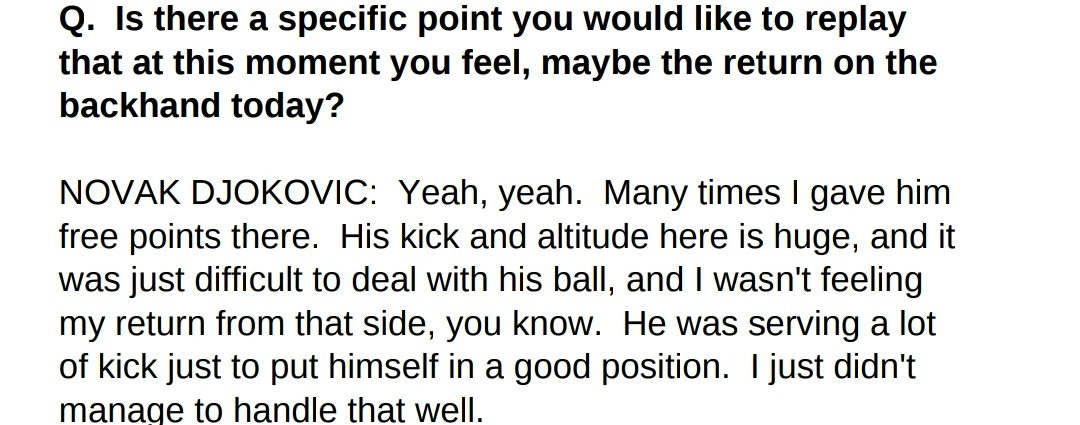




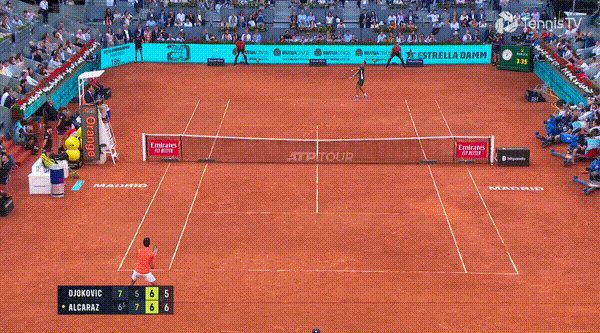
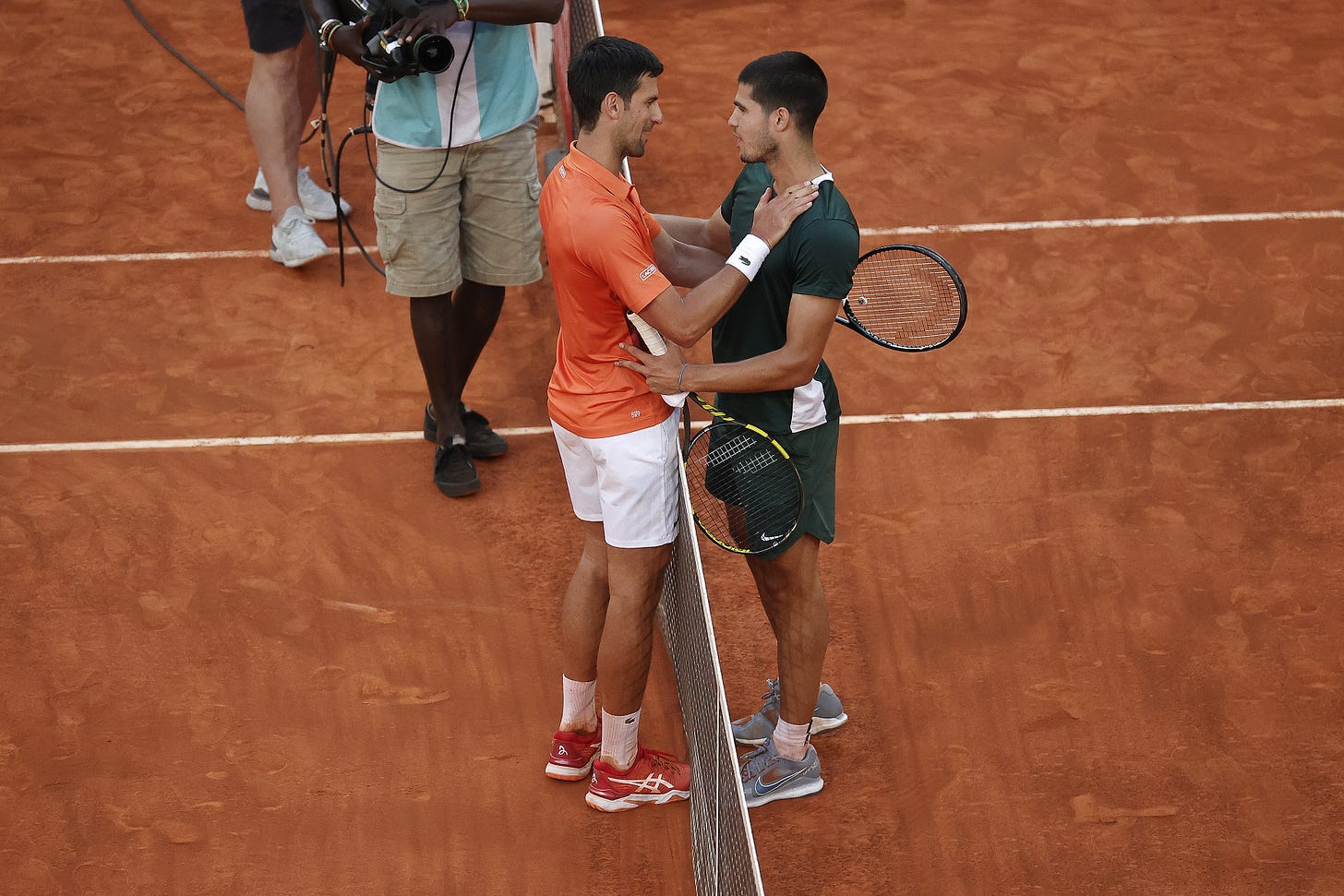



These just keep getting better and better. I had noticed the AD serve sporadically but to see it broken down like that for all the important points was incredible. What a player that kid is.
Great analysis. He could become a monster if he cuts down those forehand errors as pointed below by Hugh Clarke. On the other hand, as a player cuts down errors, we've seen that they tend to become a bit more conservative, which could be to Alcaraz's detriment. Do you have any analysis on what was different about his match in Monte Carlo against Korda? I did not get to watch the match or the tournament, so I have no reference points. Granted, the altitude-related variables in Madrid are well-known, as are the bounce variations. But did Alcaraz fade in the third set or was there something else going on?